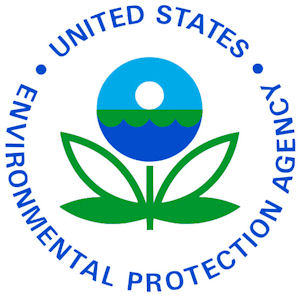 As PMP reported Jan. 6, the U.S. Environmental Protection Agency has announced a preliminary pollinator risk assessment for the neonicotinoid insecticide imidacloprid. PMP has received media statements from two industry associations and three imidacloprid manufacturers, explaining their initial reactions and analysis of what the announcement, primarily aimed at agriculture, means to pest management professionals.
As PMP reported Jan. 6, the U.S. Environmental Protection Agency has announced a preliminary pollinator risk assessment for the neonicotinoid insecticide imidacloprid. PMP has received media statements from two industry associations and three imidacloprid manufacturers, explaining their initial reactions and analysis of what the announcement, primarily aimed at agriculture, means to pest management professionals.
- Bayer statement: mypmp.net/2016/01/12/bayer-responds-to-epa-imidacloprid-announcement
- Ensystex statement: mypmp.net/2016/01/20/ensystex-responds-to-epa-imidacloprid-announcement
- National Pest Management Association statement: mypmp.net/2016/01/07/npma-responds-to-epa-imidacloprid-announcement
- RISE statement: mypmp.net/2016/01/13/rise-responds-to-epa-imidacloprid-announcement
- Rockwell statement: mypmp.net/2016/01/13/rockwell-responds-to-epa-imidacloprid-announcement
PMP will continue to report on the story as more information is made available.
There may have been sleeping giants working in the background on research (both good and bad) in regards to the effects of systemic insecticides such as neonics on pollinators. I use this comment as a preface to my comments that follow. Before the Oregon Department of Agriculture had even issued the penalties for the 2013 and 2014 commercial applications that resulted in the death of Honey Bees, the anti-pesticide groups were publishing information about various ways that neonics affect Honey Bees.
As a commercial applicator of 45 years, I am addressing the use of neonics, specifically imidacloprid. I have applied it as a probed in soil treatment and as cambial treatment using Arbor System’s Wedgel and Arbor System’s Quick Jet applicators for insect control on deciduous and conifer trees. When the news broke about the Honey Bee incident, we received customer inquiries regarding the safety to Honey Bees with our systemic treatments. The only information that I had been able to obtain from my suppliers and manufacturers was that the amount of imidacloprid that was translocated to the flower and nectar was not enough to be toxic to Honey Bees. I believe this is true, as I have not seen Honey Bee mortality at my customer’s locations. This information, however, is only verbal and I have not been able to get anything in writing or research outlines that state these facts. I also have twelve hives at my home that are within 200 feet of Oak and Maple trees that I treat without any incidents. We also respond to our fruit tree customers that we do not apply insecticides until after the pedal drop. This is all fine for now, but I can hardly be considered a research expert, however, I do think that positive results in the field are undeniable facts. I do not see any information like this coming from our manufacturers that explains the science behind these treatment concepts that will educate the public and counter some of the junk science that is being poured out by the anti pesticide crowd.
I am a supporter of colony collapse research and the benefits that we will all receive from it, but to the pest management profession, our dilemma is that we are being confronted by a disbelieving public that has been mis-informed, and wants an answer that addresses their real time concerns about the ‘safety” of our applications. We need your help on this.
Steve Fisher
Fisher Pest Management
Eugene, Oregon